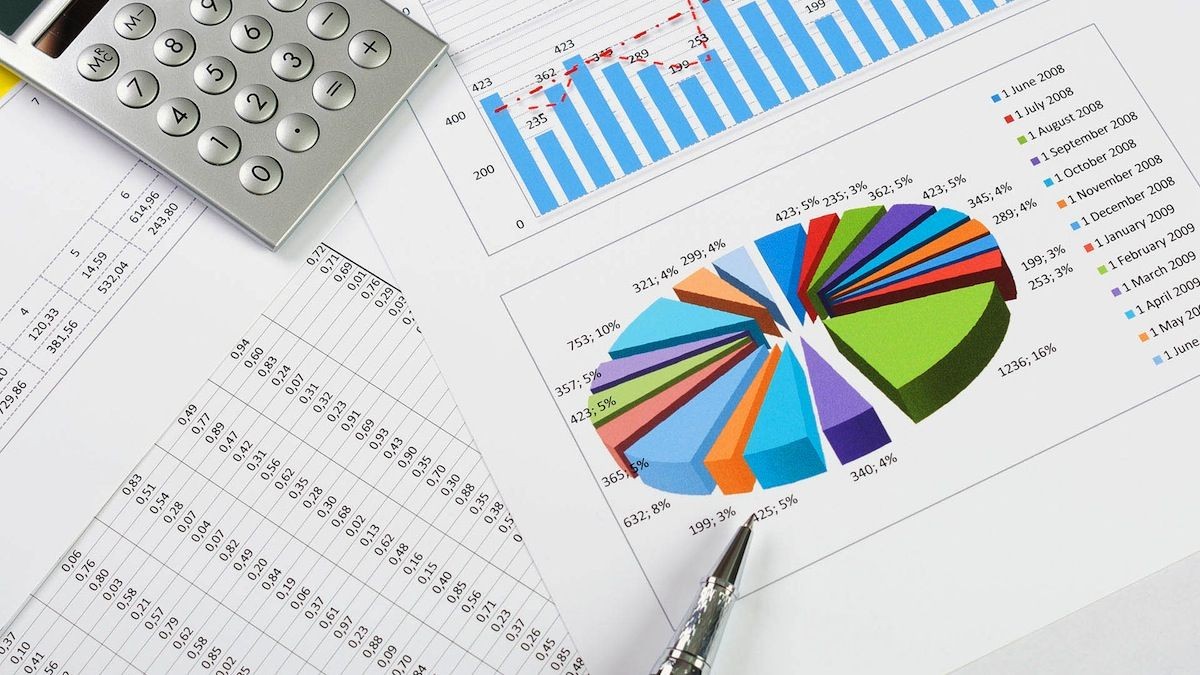
On 25 March 2025, the Federal Government unveiled its fourth Budget, focusing on crucial priorities amidst economic challenges. Here are the key highlights that could impact you.
The Budget surprised with a modest tax cut effective from 1 July 2026, reducing the lowest tax bracket from 16% to 15%, and further to 14% by 1 July 2027. This change aims to provide relief to taxpayers, with potential savings of up to $536 annually by 2027-28.
Starting 1 July 2024, increases in Medicare levy low-income thresholds will offer immediate relief to singles, families, seniors, and pensioners.
A 20% reduction in HELP debts before indexation, effective 1 June 2025, aims to alleviate student financial burdens. Additionally, the minimum repayment threshold will rise substantially to $67,000 in 2025-26.
Concerns remain over the extension of the $20,000 threshold for small business instant asset write-offs, slated to end on 30 June 2025 unless legislative action is taken.
Starting 1 July 2026, super contributions must align with payroll cycles, enhancing transparency and ensuring earlier accrual of retirement savings.
Individuals with super balances exceeding $3 million are likely to face an additional 15% tax on earnings from 1 July 2025, despite industry opposition.
Extended until 31 December 2025, energy bill rebates will benefit households and small businesses, providing $150 in total per eligible recipient.
From 1 November 2025, all Medicare-eligible Australians will benefit from expanded bulk billing incentives, facilitating greater access to healthcare.
Effective 1 January 2026, reductions in Pharmaceutical Benefits Scheme (PBS) costs aim to lessen financial strain, particularly for general Medicare cardholders.
The Budget addresses critical economic concerns with measures aimed at reducing living costs, enhancing tax fairness, and securing retirement savings.
Feel free to contact us for personalised assistance regarding how these changes may affect your circumstances.